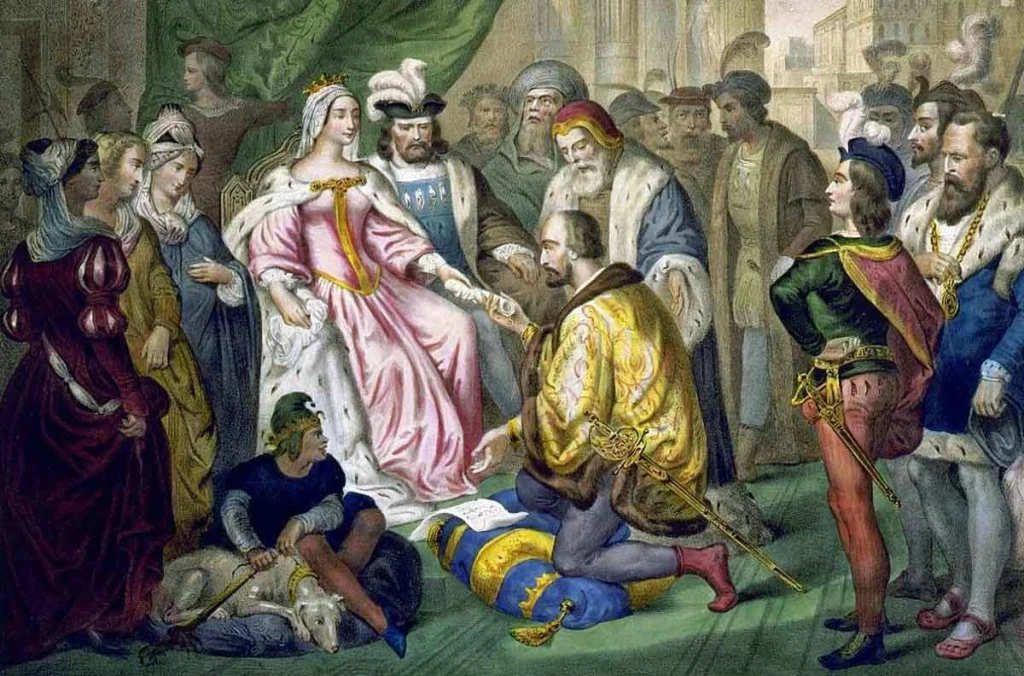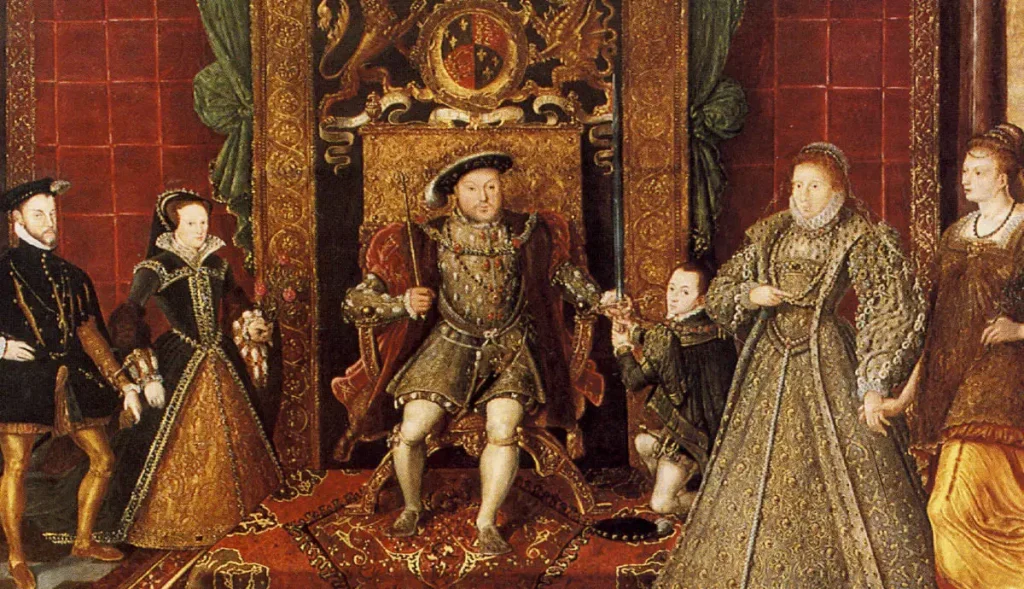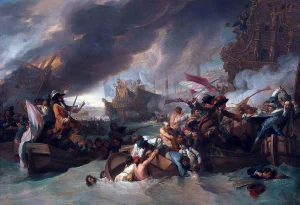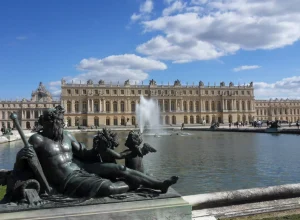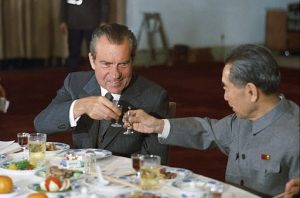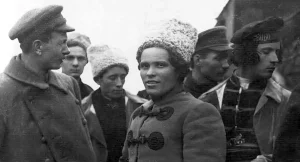Everyday coincidences are easy to shrug off—a friend texts you just as you think of them, or you bump into an old classmate in a random city. But sometimes coincidence shows up on the big stage, right in the middle of national turning points and famous lives.
American history has a surprising number of these moments, where timing, place, or sheer repetition feels almost scripted. Here are five of the strangest.
1. Two Founding Fathers, One Final Fourth of July

For most Americans, July 4 is fireworks, barbecues, and the Declaration of Independence. In 1826, the fiftieth anniversary of that Declaration, it became something stranger: the shared death date of two of its most important authors.
Thomas Jefferson and John Adams met in 1775 as colleagues in the Continental Congress and eventually worked side by side on the Declaration. Politics later tore them apart. Adams, a Federalist, and Jefferson, a Republican, clashed so deeply that their friendship collapsed after Jefferson defeated Adams in the election of 1800.
More than a decade later, a mutual friend quietly helped bring them back together. Letters began to pass between Monticello in Virginia and Quincy in Massachusetts. Old enemies eased into old age as old friends, arguing about politics, philosophy, and the meaning of the revolution they had helped launch.
By the summer of 1826, Jefferson was 83 and Adams 90. On July 4, Jefferson died at Monticello shortly after midday. Hours later, in his Massachusetts home, Adams slipped away too. His last reported words—“Thomas Jefferson still survives”—were wrong but oddly fitting. The two men who had declared a new nation into being exited the stage on the same symbolic day, without knowing the other had gone.
2. One Man, Two Houses, Both Ends of the Civil War

If you wrote this into a novel, an editor might tell you it was too on-the-nose.
In 1861, a retired militia officer named Wilmer McLean owned a farm near Manassas, Virginia. When Confederate general P. G. T. Beauregard set up headquarters there, McLean agreed to host him. A Union cannonball soon came crashing through the property as the First Battle of Bull Run erupted practically in his backyard.
A year later, another major battle raged across the same ground. Tired of living inside a war zone, McLean moved his family to what he thought was a quiet village in southern Virginia: Appomattox Court House.
For a while, he was right. Then, in April 1865, an officer from Robert E. Lee’s staff knocked on McLean’s door. They needed a dignified place where Lee and Ulysses S. Grant could meet. McLean reluctantly offered his parlor.
On April 9, 1865, the Confederacy formally surrendered in Wilmer McLean’s living room—four years after the war had first burst into his life at his previous home. As McLean later quipped, the war had begun “in my front yard and ended in my front parlor.”
3. Mark Twain and the Return of Halley’s Comet

Mark Twain always had a flair for timing and drama, so it feels right that his life would be bracketed by a celestial event.
Twain—born Samuel Langhorne Clemens—came into the world on November 30, 1835, just after Halley’s Comet made one of its rare visits past Earth. The comet, visible roughly every 75 years, had already fascinated astronomers for centuries. By Twain’s time, scholars knew it was the same object seen in 1531, 1607, 1682, and again in 1835.
Late in life, Twain joked about this cosmic companion. In 1909 he remarked that since he had arrived with Halley’s Comet, he expected to leave with it as well. It wasn’t just a throwaway line—he seemed to genuinely feel the two were linked.
In April 1910, Halley’s Comet once again approached Earth. On April 20, it made its closest pass. The next day, April 21, Twain died. He had, in his own words, “come in with Halley’s Comet” and gone out with it too.
4. The Twin Jims Who Lived the Same Life

In 1940, twin boys in Ohio were separated as infants and adopted by two different families. They grew up not knowing about each other—and yet somehow living parallel lives.
The first strange echo came with their names: both adoptive families chose “James” and even used it in full as adults. One became James Arthur Springer; the other, James Edward Lewis. That alone could be chalked up to chance.
But when they finally met in 1979, the similarities piled up fast. Both had married women named Linda—and both had divorced them. Both then married women named Betty. As kids, each had owned a dog named Toy. Each had grown up with an adopted brother named Larry.
Their careers overlapped too: both worked part-time as deputy sheriffs in Ohio. Even their vacations matched—they favored the same stretch of Florida beach. Each named a son James, differing only by a single letter in the middle: Allan versus Alan.
Separated by circumstance and raised in different homes, the “Jim twins” somehow built lives that looked like mirrored copies. Their story became a famous case study in just how eerie coincidence—and perhaps genetics—can feel.
More Stories
5. A Novel That “Predicted” the Titanic

Fourteen years before the Titanic struck an iceberg, an American writer published a novella that sounds disturbingly familiar.
In 1898, Morgan Robertson released Futility, or The Wreck of the Titan. His fictional ocean liner, the Titan, was advertised as the largest and fastest ship afloat, a technological marvel considered practically unsinkable. On its maiden voyage across the North Atlantic in April, the Titan hits an iceberg, breaks apart, and sinks. There aren’t enough lifeboats, and over 2,000 passengers die in the freezing water.
When the Titanic went down in 1912—also on its first crossing, also in April, also after striking an iceberg—readers suddenly realized just how many details Robertson had gotten “right.”
Among the eerie similarities:
- Both ships were roughly the same length, around 800 feet
- Their tonnage and triple-screw propulsion systems were similar
- Each could carry about 3,000 passengers
- Both catered to wealthy elites from Europe and the United States
- Both lacked sufficient lifeboats, with disastrous consequences
There’s no evidence Robertson had supernatural foresight; he likely followed developments in shipbuilding and pushed them a bit into the future for dramatic effect. Still, when reality matched his fiction so closely, it was hard not to wonder whether history had just performed a chilling reenactment of his imagination.
Why These Coincidences Stick With Us
None of these events prove anything mystical is going on behind the scenes. Jefferson and Adams were old; Halley’s Comet follows a predictable orbit; large wars and rapid technology often create fertile ground for strange overlaps.
But coincidences matter less for what they “explain” and more for what they make us feel. They give history texture and mystery. They make the past seem less like a dry timeline and more like a story where patterns sometimes appear in the most unexpected places.
We remember these odd alignments not because they change the outcome, but because they make us pause and look twice—at the date, at the place, at the sky—and quietly admit: that’s weird.









